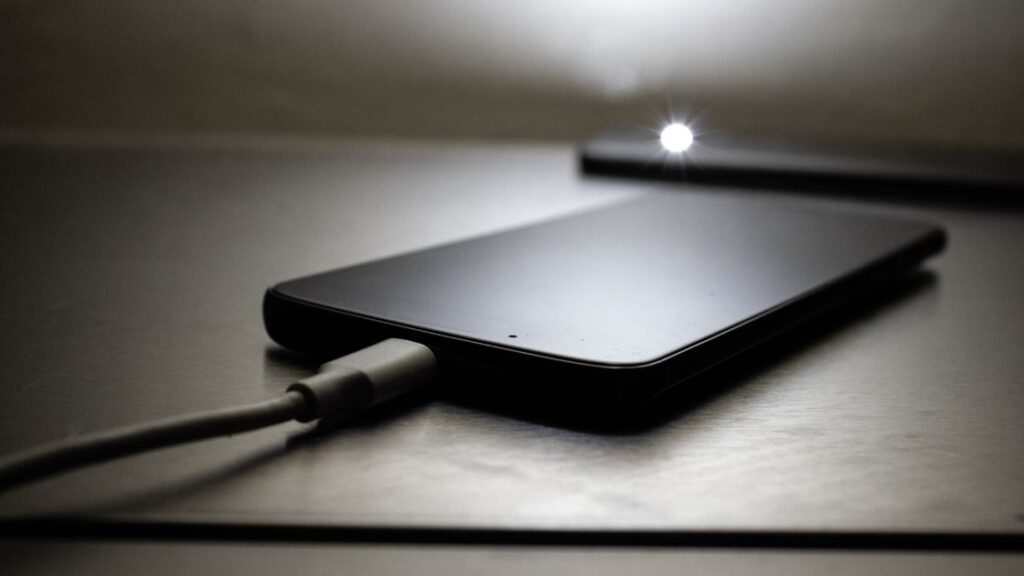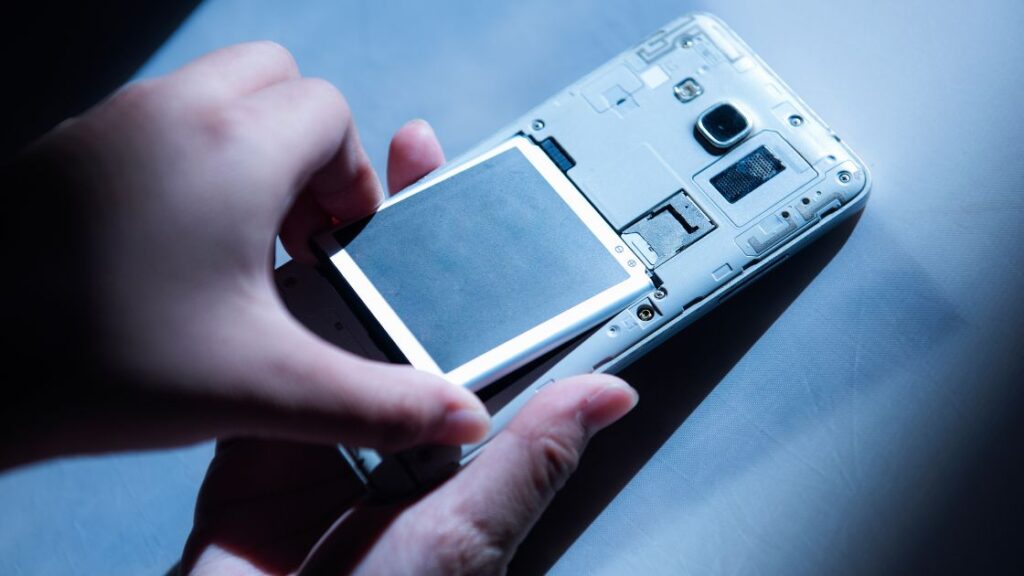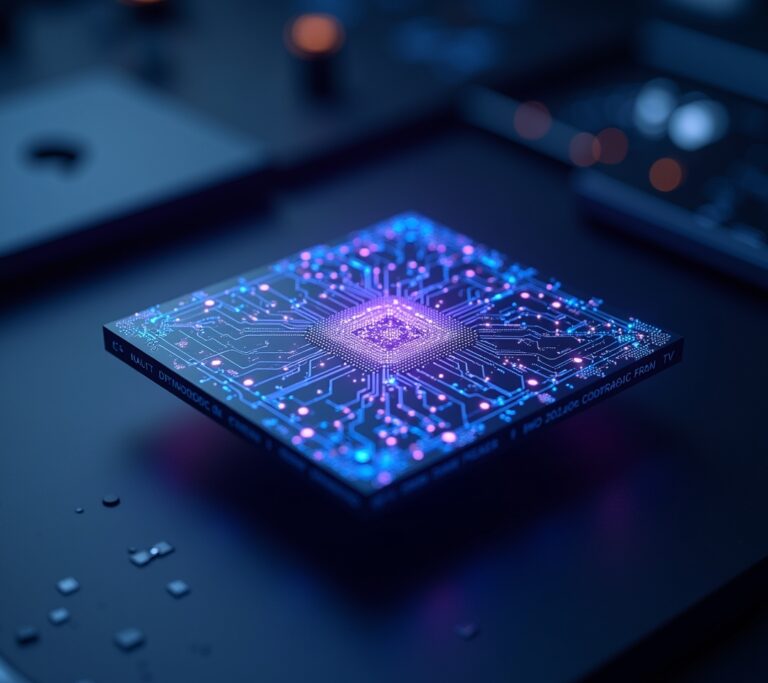Advertisements
Why I Started Questioning My Battery Life
Like many of you, I’ve grown used to charging my smartphone every night — sometimes even twice a day. But it wasn’t until I went hiking last year, far from any outlet, that I really started to wonder: Why haven’t smartphone batteries improved as fast as everything else? My camera was cutting-edge, my apps ran flawlessly, but my battery? It died halfway through the trip.
That moment sparked a deep dive. I wanted to understand not only how smartphone batteries have evolved but also what’s coming next — and most importantly, how we, as everyday users, can prepare for it.
The Journey from Nickel to Lithium

To appreciate where we’re headed, I first had to understand where we came from. Early cell phones used nickel-cadmium (NiCd) batteries, which were bulky and suffered from the notorious “memory effect.” That meant if you didn’t fully drain the battery before recharging, you’d lose capacity over time.
Then came nickel-metal hydride (NiMH), which were slightly better, but the real game-changer was lithium-ion. Introduced in the early 1990s, Li-ion batteries became the standard because they were lighter, faster to charge, and offered much higher energy density.
Still, despite these gains, battery technology hasn’t evolved nearly as fast as processing power or display technology. And that has left us with faster phones that, ironically, die faster too.
Why Battery Tech Hasn’t Kept Pace
I used to think the battery problem was just bad design. But after talking to a few tech friends and reading up on it, I realized the real issue is more complex. Unlike processors or cameras, battery chemistry is bound by the laws of physics and material science.
Even small improvements in battery tech require breakthroughs in chemical stability, safety, and manufacturing costs. That’s why, despite some progress, we still rely mostly on lithium-ion today.
The Future Looks Bright: Solid-State Batteries
However, things are finally changing. What got me excited recently was reading about solid-state batteries. These use a solid electrolyte instead of a liquid one, which reduces fire risk and allows for much higher energy density.
Toyota, Samsung, and even Apple are rumored to be working on this tech. If solid-state batteries go mainstream, we could see phones that charge in under 10 minutes and last for two or three days. As someone who travels often, that sounds like a dream.
Graphene: The Super Material in Waiting
Another material that keeps popping up in my research is graphene. It’s a form of carbon that’s 200 times stronger than steel but also incredibly light and conductive.
Graphene batteries could charge five times faster and last twice as long as lithium-ion ones. Some startups are already shipping prototypes, and while it might take years to become mainstream, the possibilities are mind-blowing.
AI Battery Management Is Already Here
You may not know it, but your phone is probably already using AI to manage your battery. This doesn’t just mean adaptive brightness or app background usage.
Today’s phones monitor your behavior and charging patterns to optimize battery health over time. My current phone, for instance, delays the final 20% of charging at night until right before I wake up. This helps reduce wear and extend battery life — a subtle but powerful change.
Wireless Charging: Convenience Over Efficiency?
I’ll admit — I love the convenience of wireless charging. It feels futuristic to just plop my phone down and see it come to life. But did you know it’s less efficient and generates more heat than wired charging?
While wireless charging is improving, I’ve started using it more selectively, especially when I need fast charging or want to preserve long-term battery health.
Eco-Friendly and Sustainable Battery Tech
Another thing I’ve become more aware of lately is the environmental impact of battery production. Mining lithium, cobalt, and rare earth metals isn’t exactly eco-friendly. That’s why I now follow companies working on recyclable and sustainable alternatives.
Startups are exploring sodium-ion, aluminum-air, and even biodegradable batteries. If these succeed, we won’t just have better phones — we’ll also help the planet.
How to Future-Proof Your Smartphone Battery Today
So what can you do while we wait for solid-state and graphene tech to go mainstream? Here’s what I’ve learned — and what I now do:
- Avoid full discharges: Try to keep your battery between 20% and 80%.
- Use fast charging sparingly: It’s useful, but generates heat and wears out your battery faster.
- Turn off features you don’t need: GPS, Bluetooth, and background app refresh drain power even when you’re not using them.
- Stick to original chargers: Third-party chargers can damage your battery over time.
- Charge smart at night: Use your phone’s optimized charging feature if it has one.
These small habits have helped me extend my battery’s life and performance significantly.
What’s Next? AI-Driven and Flexible Batteries
Looking ahead, I’m keeping an eye on flexible batteries that could power foldable and wearable tech. Imagine a smartwatch that lasts a week or a foldable phone that doesn’t heat up in your pocket.
I also think AI will play a bigger role in predicting power needs, adjusting settings in real-time, and even recommending hardware upgrades.
We’re Just Getting Started

Battery tech might seem like it’s lagging behind, but trust me — the next decade will change everything. I’ve gone from frustrated traveler to fascinated observer, and now I’m actually excited about what’s coming.
If you’re curious about what’s next in tech and how it impacts your everyday life, stay tuned here on Tech Digest. I’ll be sharing more deep dives like this very soon.




[…] As we navigate 2025, I encourage you to keep your eyes on these technologies. They’re shaping not just the future of tech, but the future of humanity. I’ll be diving deeper into each of these topics in upcoming articles, so if any of this piqued your interest, make sure to stick around. […]